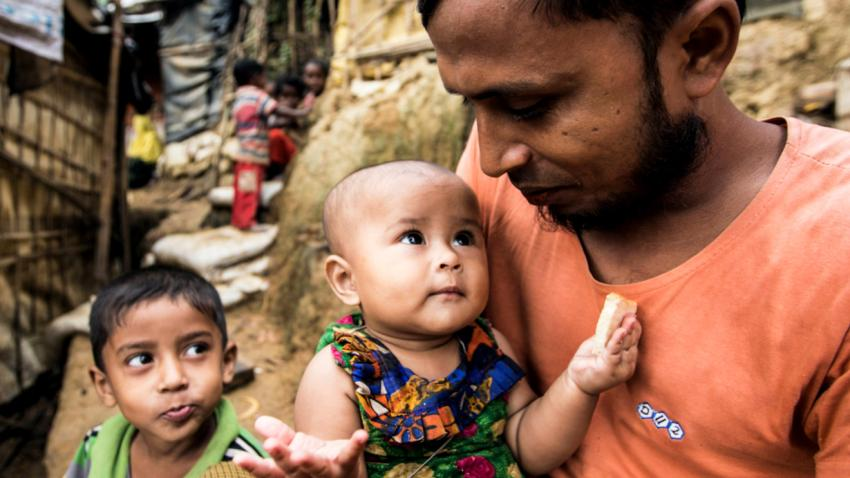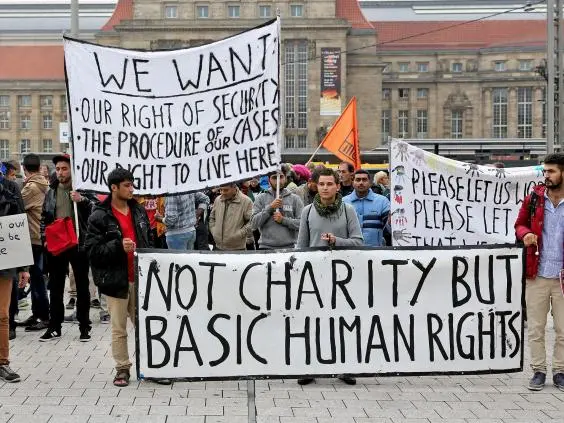
In a world full of media stories, it’s easy to get used to the struggles of others, especially refugees. The refugee crisis is a very important human issue, but it doesn’t get enough attention in the media. The refugee crisis is not just a distant issue, it’s an extremely important humanitarian concern that demands our attention. In this blog, I will talk more about the refugee crisis, explore why accurate representation matters, and discuss how we can work towards change.

Starting off, refugees are often shown in a limited way in the media, reducing their complex experiences to simple stereotypes. Like racial and ethnic minorities, refugees are also pushed to the sidelines in stories, spreading misunderstandings and making it hard to empathize with them. Research, like Ravochkin’s (2022) studies, emphasizes the need for inclusive storytelling, but refugees still don’t get enough attention in the media.
Furthermore, the way refugees are shown in the media makes people have unfair ideas and be afraid of them. Real people with complex stories are reduced to one-dimensional characters, leading to further discrimination and marginalisation. It changes the way people see refugees and makes it harder for them to become part of society.

Additionally, it’s important for creators to show the real experiences of refugees and challenge common ideas about them. Just like Fletcher (2006) says we need to fight racial unfairness in the media, it’s really important to address the wrong ideas about refugees to create a more inclusive society. Considering Ward’s (2010) perspectives into global journalism ethics, we are reminded of the ethical need to challenge biased stories and uphold the principles of inclusivity in media representation. When media platforms share refugees’ stories genuinely, it can help people understand and care more.

It’s important to break down the barriers that stop refugees from being heard in the media. By incorporating personal stories and testimonials from refugees, we can humanize the crisis and highlight the resilience and strength of those affected. Additionally, integrating multimedia elements such as images and videos can provide visual context and deepen the audience’s understanding.
Furthermore, when we acknowledge the unfairness in how the media works, we can move towards having fairer representation. Sperling (2021) pointed out that the lack of diversity has a big impact on the economy. It’s clear that telling more inclusive stories is not just the right thing to do, but also a good business decision.
Overall, the refugee crisis needs our attention, but how the media shows it is not enough. We need to look closely at how the media talks about it and push for change. This can help us show a better, more inclusive picture of refugees. Let’s use our platforms and voices to challenge stereotypes, elevate diverse perspectives, and pave the way for a more compassionate and inclusive society.
Works Cited:
- 5 myths & misconceptions about refugees (2023) Women for Women International. Available at: https://womenforwomen.org.uk/blog/5-myths-misconceptions-about-refugees (Accessed: 10 February 2024).
- Ackerman, W.C. et al. (2024) Refugees adrift? responses to crises in the Mena and Asia, Middle East Institute. Available at: https://www.mei.edu/publications/refugees-adrift-responses-crises-mena-and-asia (Accessed: 11 February 2024).
- Fletcher, R. (2006). The impact of culture on website content, design, and structure: An international and multicultural perspective. Journal of Communication Management, 10, 259-273.
- Ravochkin, N. (2022). Media representations of social ideas in the digital age. Artificial Societies.
- Reed, A., & Thompson, K. (2021). Digital inclusion is crucial for sustainable development and should be a priority for public libraries. Never Waste a Crisis: Digital Inclusion or Sustainable Development in the Context of the COVID Pandemic, 40, 14-16.
- Refugees (no date) United Nations. Available at: https://www.un.org/en/global-issues/refugees (Accessed: 11 February 2024).
- Refugees in the media: How the most commonly used images make viewers dehumanise them (2023) The Conversation. Available at: https://theconversation.com/refugees-in-the-media-how-the-most-commonly-used-images-make-viewers-dehumanise-them-171865 (Accessed: 11 February 2024).
- Refugees in the media: Villains and victims (2017) Language on the Move. Available at: https://www.languageonthemove.com/refugees-in-the-media-villains-and-victims/ (Accessed: 11 February 2024).
- Sperling, N. (2021). Hollywood loses $10 billion a year due to lack of diversity, study finds. The New York Times.
- The 10 largest refugee crises to know in 2024 (no date) Concern Worldwide. Available at: https://www.concern.net/news/largest-refugee-crises (Accessed: 10 February 2024).
- Ward, S. (2010). Global Journalism Ethics.
Leave a comment